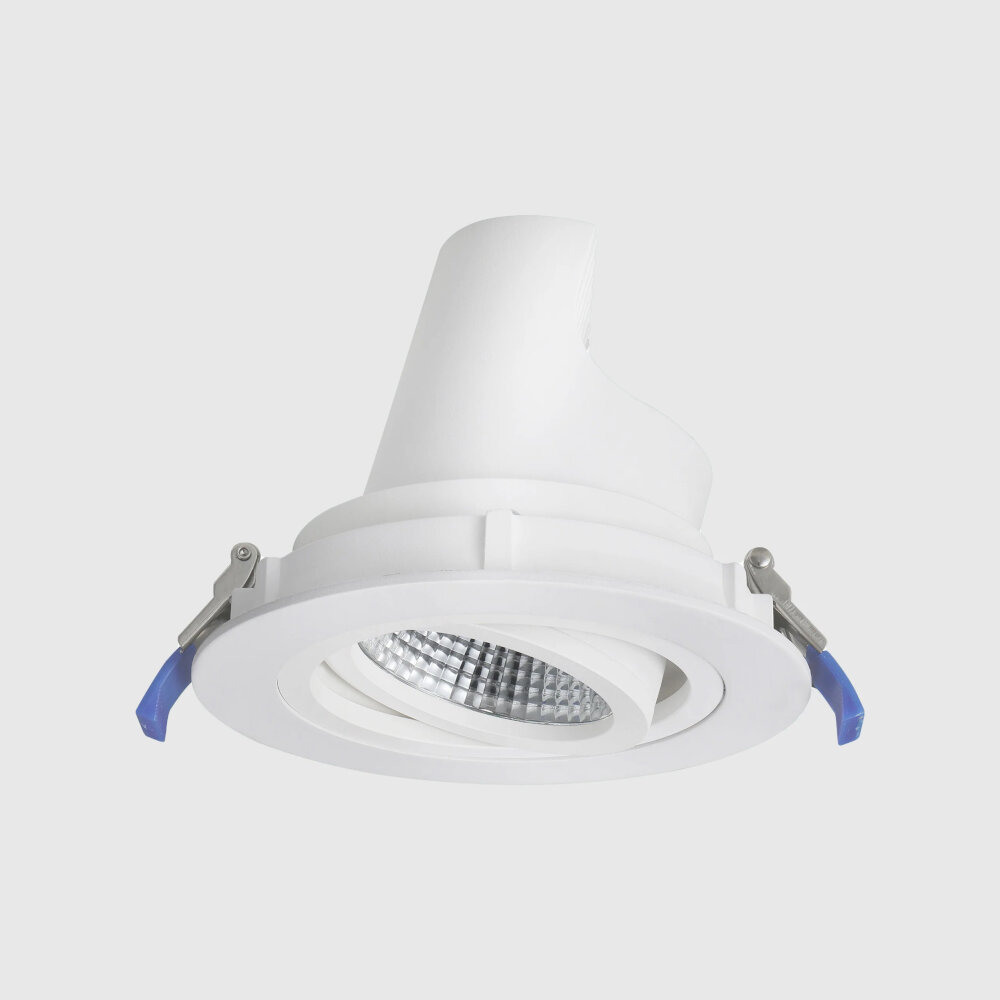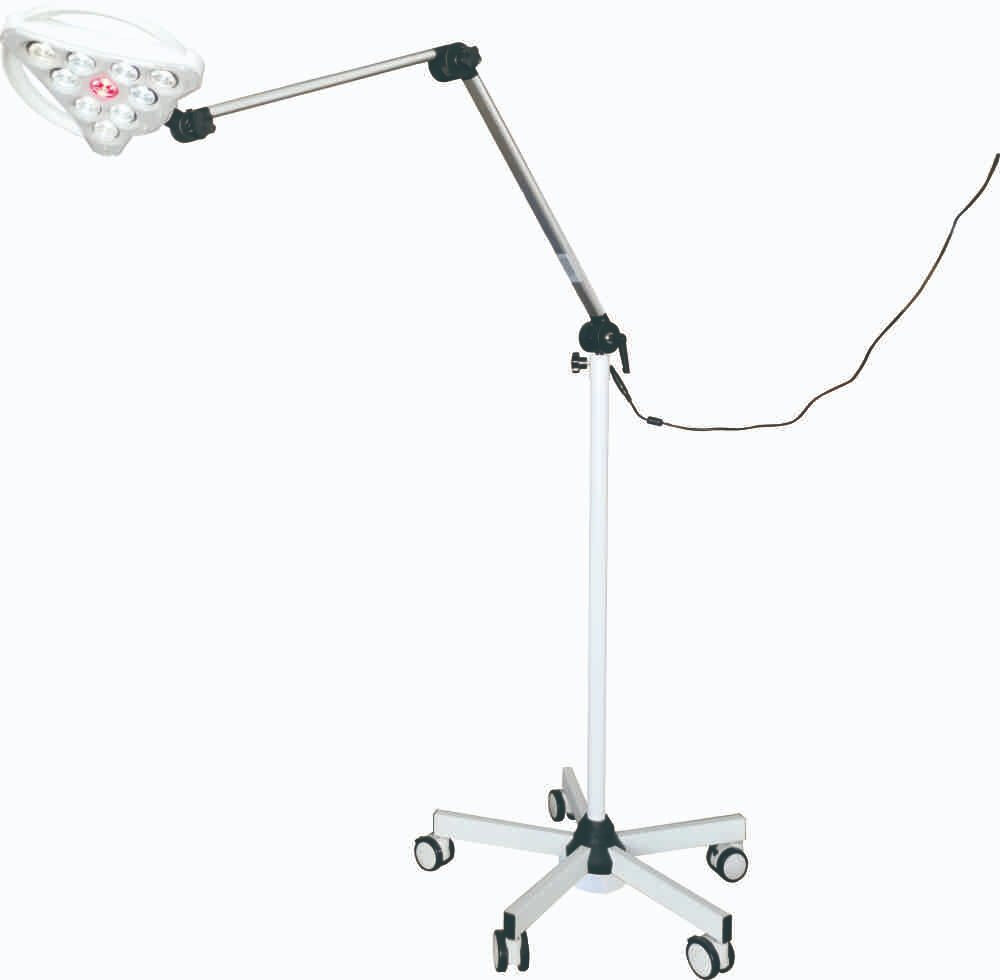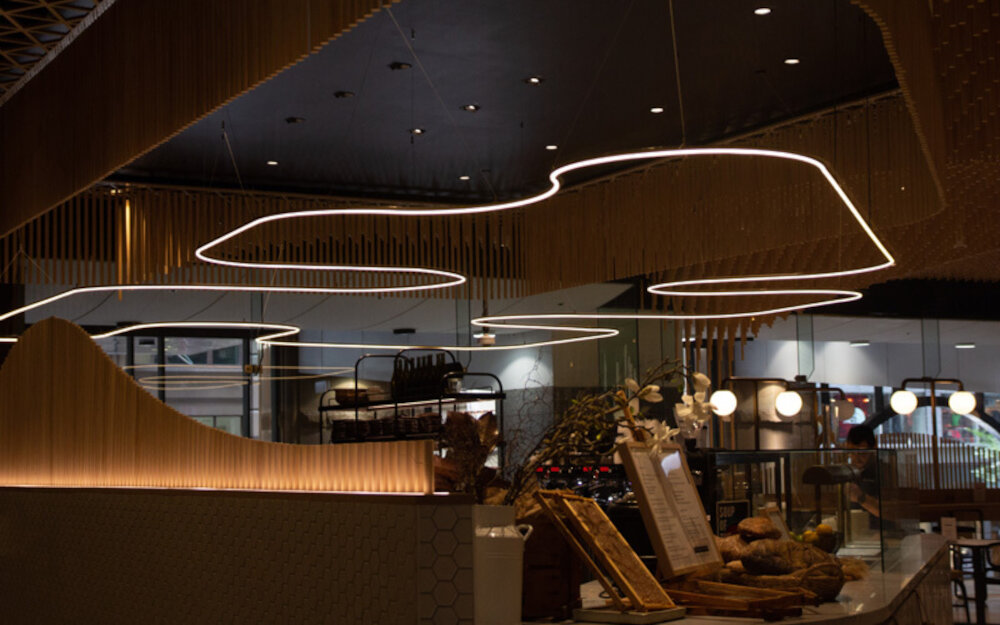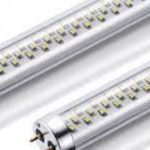Decoding LED Light Remote Buttons: A Comprehensive Guide

As technology continues to advance, remote-controlled devices have become an integral part of our lives. From televisions to air conditioners, remote controls have made it easy for us to operate devices without having to be physically present to do so. One of the most commonly used remote-controlled devices is LED lights. However, have you ever found yourself struggling to decode the various buttons on your LED light remote? Perhaps you’ve even given up trying to figure out what each button does. Well, worry no more! In this comprehensive guide, we will take you through everything you need to know about decoding LED light remote buttons. LED lights have become increasingly popular over the years, thanks to their energy efficiency and long-lasting nature. They are used in a wide range of applications, including homes, offices, and even cars. While LED lights are easy to operate, their remotes can be quite confusing. With so many buttons on the remote, it can be overwhelming to figure out what each button does. This is where our comprehensive guide comes in handy. We will help you understand the different buttons on your LED light remote, what they do, and how to use them effectively. So sit back, relax, and let’s dive into the world of LED light remote controls.
When it comes to LED light remote buttons, there can be a lot of confusion and frustration for users who are not familiar with their functions. However, with a comprehensive guide, decoding these buttons can be made easy. LED light remote buttons typically include power on/off, brightness adjustment, color changing, and mode selection options. The power on/off button is self-explanatory, while the brightness adjustment button allows you to increase or decrease the intensity of the light. The color changing button enables you to switch between different colors, while the mode selection button allows you to cycle through different lighting effects. By understanding the functions of each button on your LED light remote, you can fully enjoy the benefits of your lighting system.
Understanding remote buttons is crucial for effectively operating modern LED lights. With the ever-increasing popularity of LED lighting, remote controls have become a common feature in households and workplaces alike. However, the vast array of buttons on these remotes can be overwhelming and confusing for many users. Knowing how to decipher the functions of each button is essential for achieving the desired lighting effects and avoiding frustration. A comprehensive guide to decoding LED light remote buttons can provide users with the knowledge and confidence needed to control their lighting environment with ease. By understanding remote buttons, users can fully utilize the features of their LED lights and create the perfect ambiance for any occasion.
Types of LED Light Remote Buttons

LED light remote buttons come in a wide range of types, each with its unique function and design. The most common types include on/off buttons, dimming buttons, color-changing buttons, and mode buttons. On/off buttons are the simplest type of LED light remote button, and they serve the basic function of turning the lights on and off. Dimming buttons, on the other hand, allow you to adjust the brightness level of the LED lights to your preference. They are essential for creating the perfect ambiance for different occasions, such as romantic dinners, movie nights, and parties. Color-changing buttons are designed to enable you to change the color of your LED lights to suit your mood or setting. They come in handy when you want to create a specific atmosphere in your home, such as a warm and cozy feel during winter or a vibrant and energetic mood during summer. Lastly, mode buttons allow you to select different lighting modes, such as flashing, strobing, or fading. These modes can be used to create a unique and fun lighting experience for parties or events or even to add some variety to your everyday lighting routine. Understanding the different types of LED light remote buttons and their functions can help you make informed decisions when purchasing LED lights and remote controls.
When it comes to LED light remote buttons, there are a few basic ones that you should be familiar with. The on/off button is the most fundamental button, and it does exactly what it says – turning your LED lights on or off. Another essential button is the brightness button, which allows you to adjust the intensity of the LED lights to suit your needs. Additionally, the color change button is another button that you should know about, as it enables you to switch between various colors of LED light. These buttons provide you with the basic functions of controlling your LED lights, allowing you to create the perfect ambiance you desire.
Advanced buttons on LED light remotes can provide a wealth of functionality beyond simple on/off controls. Timing buttons allow users to set automatic on/off schedules, perfect for those who want to save energy or create a more comfortable environment for their homes. Mode change buttons can cycle through different lighting effects, from steady illumination to flashing or color-changing modes, adding a fun and dynamic element to any room. Memory function buttons allow users to save their preferred settings, so they don’t have to constantly adjust their lights every time they turn them on. These advanced buttons are essential for anyone looking for more control and customization over their LED lights, and they can help transform any space into a vibrant and personalized environment.
How to Decode LED Light Remote Buttons

When it comes to controlling LED lights, remote buttons are a convenient and efficient option. However, deciphering the different buttons and their functions can be a daunting task for a first-time user. To decode LED light remote buttons, it is essential to understand the different symbols and icons used on the remote. Some of the most common symbols used include the power button, which is represented by a circle with a line in the middle, and the brightness buttons which are usually indicated by a symbol of a sun or light bulb. Other buttons to look out for include the color buttons which are represented by a color wheel icon and the mode buttons which are usually indicated by a musical note or a star symbol. Once you have familiarized yourself with the different symbols and icons, it is time to understand their functions. For instance, the power button is used to turn the LED lights on and off while the brightness buttons are used to adjust the brightness level of the lights. The color buttons, on the other hand, are used to change the color of the LED lights while the mode buttons are used to select different lighting modes such as flashing, strobing, and fading. By understanding the different functions of the remote buttons, you can easily control your LED lights and create the desired ambiance for your space.
If you have recently purchased an LED light with a remote control, it is important to read the manual thoroughly to understand the functions of each button. The manual will provide detailed instructions on how to turn the light on and off, change the color, adjust the brightness, and set different modes. It may also include troubleshooting tips in case you encounter any issues with the remote control or the LED light itself. By taking the time to read the manual, you can avoid any confusion or frustration and fully enjoy the benefits of your LED light. So, before you start experimenting with the remote buttons, make sure to read the manual to decode the functions and features of your LED light.
The trial and error method is a common problem-solving strategy used when working with electronic devices, including LED light remotes. This method involves trying different combinations of button presses until the desired outcome is achieved. While it may seem tedious, it can be an effective way to navigate through complex menus and settings. It requires patience and persistence, as well as a willingness to experiment and take note of what works and what doesn’t. With practice, this method can become a valuable tool for decoding LED light remote buttons and other electronic devices.
While mobile apps have become ubiquitous in many aspects of our lives, they are particularly useful when it comes to controlling LED lights. With the right app, users can easily adjust the brightness, color, and even the mode of their lights from their smartphone or tablet. This convenience makes it easier to create the perfect atmosphere for any occasion, whether it’s a romantic dinner, a party, or simply relaxing at home. Additionally, mobile apps also provide a more intuitive and user-friendly interface compared to traditional remotes, which often have confusing or hard-to-read buttons. With the widespread availability of LED light apps, anyone can easily and quickly control their lights with just a few taps on their device.
Universal remote controllers have revolutionized the way we control our electronic devices. Gone are the days of having multiple remotes cluttering up our living spaces. With a universal remote, we can control our TV, cable box, sound system, and even our LED lights with just one device. These remotes are designed to work with a wide range of brands and models, making them a convenient and cost-effective solution for anyone looking to simplify their home entertainment system. With the ability to program macros, customize buttons, and even control devices through voice commands, universal remote controllers are a versatile tool that can enhance your home entertainment experience.
Common Issues with LED Light Remote Buttons

LED light remote buttons are a convenient tool for controlling the brightness, color, and timing of your LED lights from a distance. However, like any other electronic device, they are also prone to certain issues that may arise from time to time. One of the most common issues with LED light remote buttons is that they may stop working altogether. This could be due to a variety of reasons, such as a dead battery, malfunctioning circuitry, or damage caused by dropping or mishandling the remote. In such cases, the best course of action is to replace the battery, try resetting the remote, or consult the manufacturer for repair or replacement options. Another common issue with LED light remote buttons is that they may not respond to commands, or may respond intermittently. This could be due to signal interference caused by other electronic devices in the vicinity, or due to obstructions such as walls or furniture that block the signal. In such cases, it is important to ensure that the remote is within range of the LED lights, and that there are no obstructions or interference sources in the way. Additionally, it may be helpful to try changing the channel or frequency of the remote, or to use a signal booster or repeater to amplify the signal strength. By troubleshooting these common issues with LED light remote buttons, you can ensure that your LED lights remain a convenient and enjoyable addition to your home or workspace.
Unresponsive buttons on an LED light remote can be a frustrating experience for users, especially when trying to adjust the brightness or change the color of the light. This issue can be caused by a number of factors, such as low battery power, interference from other electronic devices, or a malfunctioning remote control. Troubleshooting steps for unresponsive buttons may include replacing the batteries, resetting the remote control, or checking for any physical damage to the buttons. It is important to address this issue promptly to ensure proper functionality of the LED light remote and prevent further frustration for the user.
Interference with other devices is a common issue when it comes to LED light remote buttons. This occurs when the same frequency is being used by multiple devices, causing them to interfere with each other. It can be frustrating when trying to control your LED lights, only to find that they are not responding to your remote. One way to avoid this problem is to ensure that your LED light remote button is on a different frequency than other devices in your home. Additionally, you can try moving the affected devices further apart to reduce interference. It’s important to address interference issues promptly to ensure that your LED lights are functioning correctly and that you can enjoy the convenience of remote control.
Battery issues are a common problem faced by LED light remote users. The remote may fail to work or may work intermittently due to low battery levels. This can be frustrating, especially when one needs the LED lights to function for an event or occasion. It is important to always keep spare batteries on hand to avoid such situations. Additionally, it is advisable to check the battery levels regularly and replace them as needed. Proper maintenance of the batteries will ensure that the remote works optimally and the LED lights respond to commands without any hitches.
Understanding LED light remote buttons is crucial in effectively controlling and manipulating the lighting environment in any room. The remote buttons provide a convenient way to adjust the brightness, color temperature, and color of the LED lights. Familiarizing oneself with the functions of the buttons helps in creating the desired ambiance and mood in a room. Moreover, it also ensures that the lights are used optimally, which in turn saves energy and prolongs the lifespan of the bulbs. In short, comprehending LED light remote buttons is an essential skill for anyone who wants to make the most out of their LED lighting systems.
Decoding methods for LED light remote buttons are essential for understanding how to operate and troubleshoot remote-controlled lighting systems. Common methods include using an oscilloscope to analyze the signal waveform, using a logic analyzer to capture and decode the digital signal, and using software-defined radios to capture and decode wireless signals. However, there are common issues that can arise during the decoding process, such as signal interference, incorrect decoding of the signal, and the need to reverse engineer the protocol used by the remote. Despite these challenges, understanding the decoding process can help professionals and enthusiasts alike better understand and control their LED lighting systems.
In conclusion, understanding the remote buttons of LED lights can be a daunting task, but it is an essential step in optimizing their functionality. By following the comprehensive guide provided in this article, you can quickly decode the buttons on your LED light remote and unlock their full potential. It is essential to keep in mind that while the buttons may differ from one remote to another, the basic functions remain the same. Therefore, it is crucial to familiarize yourself with the key functions and experiment with different settings to achieve the desired lighting effects. With the right knowledge, you can take your LED lighting experience to the next level and create stunning visual displays.
Conclusion

In conclusion, this comprehensive guide on decoding LED light remote buttons proves to be an invaluable resource for anyone seeking to understand the various functionalities of these remotes. With the increasing popularity of LED lights, it is important to have a working knowledge of how to operate the remote controls effectively. Through this guide, we have learned about the different buttons on the remote, their functions, and how to troubleshoot common problems. The information provided in this guide will undoubtedly help users to maximize the potential of their LED light remote controls and enhance their overall experience with these innovative lighting solutions.




